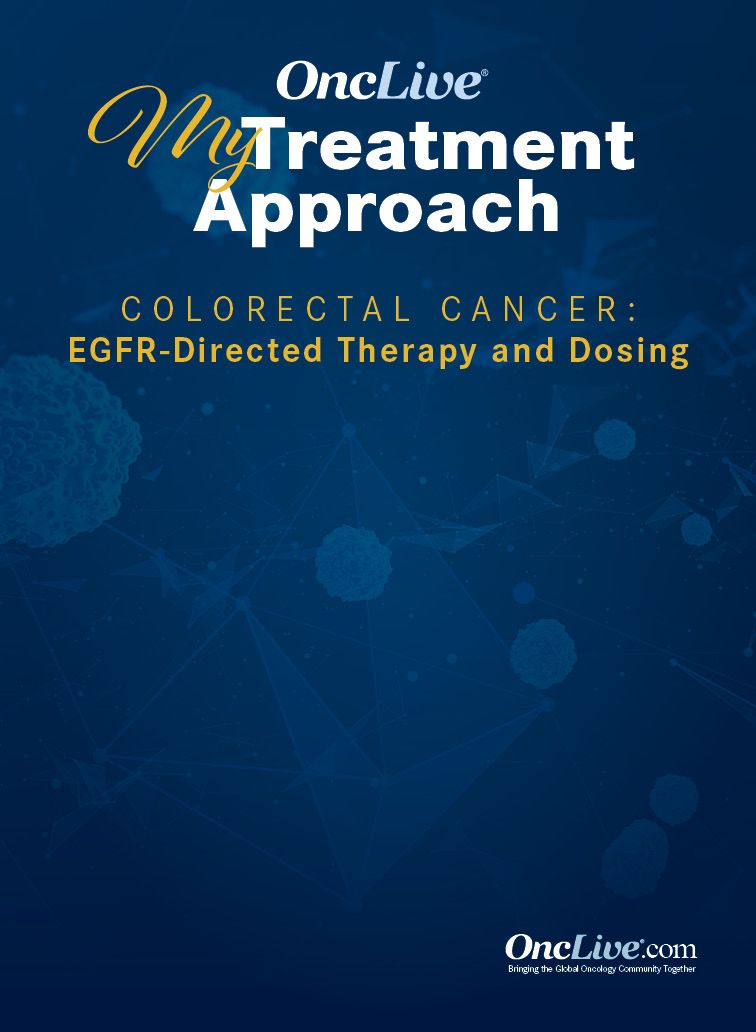Publication
Video
Supplements and Featured Publications
EGFR Therapy for mCRC: Dermatologic Toxicity
Best practices for managing skin rashes associated with anti-EGFR therapy for metastatic colorectal cancer.
Zev A. Wainberg, MD: I want to talk about the adverse effects and some of the new directions, such as EGFR antibodies. This is timely because we just published a paper. I want to get your take on this, Jaffer. Cetuximab and panitumumab have been around for a long time, and we all know that upward of 90% of patients get an acne from rash of some degree. It’s usually managed—though it depends on your institution—with a variety of topical creams, whether it’s steroids or some element of Cleocin [clindamycin] or 1 of those soothing gels along with daily antibiotics, which usually include doxycycline and minocycline. Sometimes that’s very cumbersome, and sometimes you have a lot of patients who have adverse effects with the antibiotics themselves. But we know that if we treat the rash aggressively, and patients are gaining benefit from the EGFR therapy, they’re going to stay on longer.
We participated in an interesting study, which just got published in Cancer Discovery, looking at a new topical treatment for rash induced by an EGFR antibody. A topical BRAF cream works essentially through the paradoxical effect of inhibiting the EGFR-induced rash on the skin of patients. It’s being tested in burn victims as well for similar reasons, but also we tested it. Toni Ribas at UCLA shepherded this idea because he tested in melanoma. A company that developed this cream, and we tested it recently in a pilot study in patients who haven’t been treated with antibiotics to see if we could reduce with this new topical BRAF cream rash. It does work, interestingly. It really does. It does downgrade the rash. It doesn’t make it go away, but it downgrades it. The next step is that we’re doing next is to see if it’s better than the standard-of-care steroid creams and all those things because it’s a more mechanistic way. It’s very elegant science that went into the development of this drug.
It’s funny how an old adverse effect like rash can be repurposed and thought about differently. The reason why it was interesting is because as we were developing the clinical trial, it turns out there are no directly FDA-approved treatments of the EGFR rash. To design the study, you’re not sure what the control arm should be. Ultimately, this is important in study design. What should your control arm be? If there’s no FDA approval, what should you do? There’s a lot of discussion about how to design the study. It was interesting to me, even though we all manage it in a certain way.
You think about something that’s been around forever and you say, “How could you improve it if there’s a more scientific way to study this and extend it?” That drug’s moving on to the next phase. I find that for now, the best way to manage it is to keep patients on doxycycline or minocycline.
Transcript Edited for Clarity








%20u.jpg?fit=crop&auto=format)

